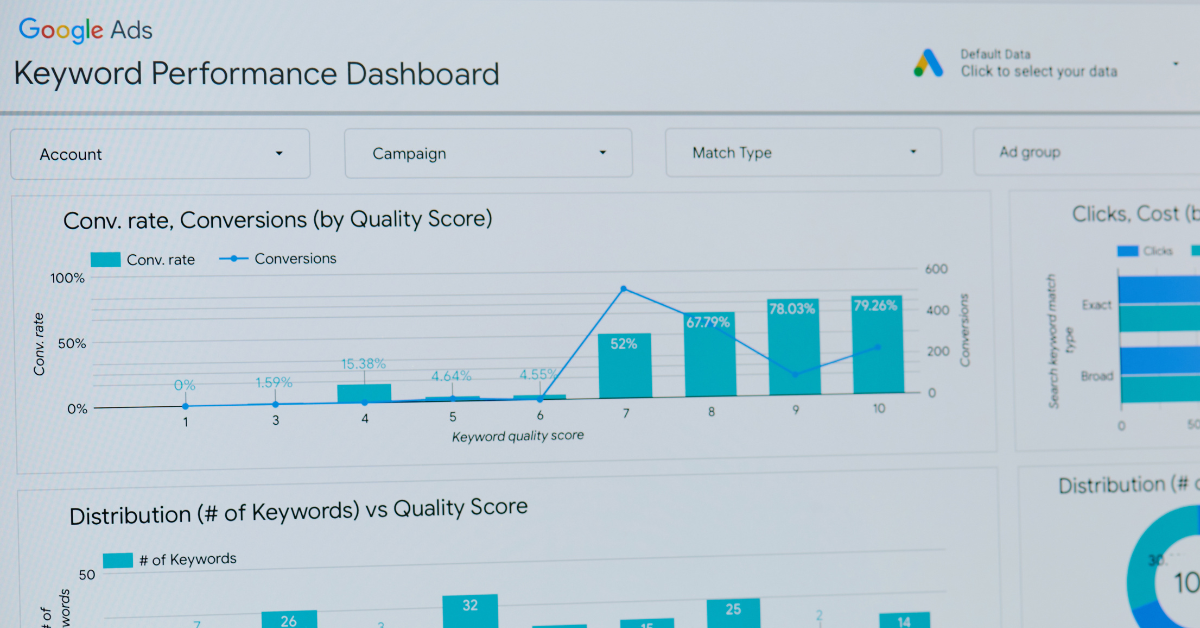Google recently announced that Universal Analytics will no longer be available after July 1st, 2023. Users must transition to the updated GA4 (Google Analytics 4) before the deadline to avoid losing access to previously processed data.
This is crucial for HubSpot users as they must switch to preserve data monitoring and enjoy an extensive analytical update. Failing to do so could cause inconvenience and discrepancies in reporting.
Here’s what to know about GA4 for web analytics and how to switch before it’s too late.
What Is Google Analytics 4 (GA4)?
Google Analytics 4 is a powerful analytics service offered by Google that enables users to measure traffic and engagement across websites and apps. It provides more data throughout the customer journey, allowing marketers to make better decisions.
Unlike the previous version, GA4 is designed to provide deeper insights into user behavior across various platforms, including mobile apps and websites. It does so by using machine learning to predict customer behavior and includes features like:
- Event tracking
- Cross-device tracking
- Advanced reporting
It also integrates with Google Ads and other Google marketing tools to provide a cohesive view of an organization's digital marketing efforts.
Basically, it makes monitoring data that much easier. That's great news for any business.
How to Prepare to Transition from Google Analytics to GA4
What do HubSpot users or businesses, in general, need to know about transitioning to GA4? Namely, making the switch before it's too late is important.
Although HubSpot Marketing Hub Professional and Enterprise users should depend on HubSpot Analytics reporting for comprehensive organic search data, GA4 is still helpful for extracting valuable insights.
You can continue to collect data until July 1st, 2023, through Universal Analytics. After July 1st, you won't be able to collect new data, but you can access it. Google hasn't announced when UA properties will no longer be available.
Preparing for the transition to GA4 requires a few key steps.
First, ensure that your website and mobile apps are fully compatible with GA4 by verifying that the appropriate tracking codes are implemented.
Then, ensure you understand the new features and functionalities of GA4, such as the enhanced cross-platform tracking and machine learning capabilities.
Finally, create a plan for how you will migrate and implement GA4. This includes identifying any potential data gaps or discrepancies. By following these steps, you can effectively transition to GA4 confidently and easily.
Installing GA4 On Your Website: Step-by-Step Guide
Sign in to your Google Analytics account and create a new GA4 property to begin the process.
Add the GA4 tracking code to your website's header. Ensure you enable Enhanced Measurement in your GA4 property settings to access advanced feature tracking capabilities.
Next, set up event tracking to track user actions such as button clicks and form submissions. Use the GA4 debug mode to check if the events are correctly tracked. Set up user properties to analyze user behavior and demographics. Then, use GA4's machine learning capabilities to gain insights and generate predictive metrics.
Finally, test and validate your GA4 setup using the Data Stream view in GA4. With these steps, your GA4 setup will be ready to provide accurate and actionable insights you can use to optimize your website and improve user experience.
GA4 Features & Metrics
We briefly touched on this above. However, it's important to know that GA4 provides comprehensive features and metrics to help you better understand your user behavior. GA4 offers some key metrics to track, including:
- Users
- Views
- Sessions
- Conversions
- Bounce Rate
- Event Counts
- Pages per Session
With these key metrics, you can gain insights into how users interact with your website or app and make informed decisions about improving user experience.
Additionally, GA4 provides dimensions and metrics that appear in reports and audience and segment builders. This allows you to better understand user behavior by tracking multiple characteristics within one dimension.
Finally, GA4 also offers an API that allows developers access to the data they need for their projects.

Tips for Interpreting GA4 Data
Interpreting data from Google Analytics 4 can be daunting for beginners. Start by familiarizing yourself with the new platform and its features.
As you explore the layout and features of the new platform, it helps to use the default reports to monitor key business metrics, like customer behavior and user engagement.
Don't forget to check out retention overview reports and attribution guides for further insights.
Tips for Integrating Hubspot With GA4
Integrating HubSpot with GA4 can provide valuable insights into your website's performance. However, to harness the power of both platforms, you'll want to consider a few things.
To start, set up your GA4 property before integrating it with HubSpot. You'll need a measurement ID to paste into the integration box.
Then, open HubSpot and go to "Settings." Under "Tools," select "Website" and then "Pages." Choose the "Integrations" tab and check the box for "Integrate with Google Analytics 4."
Follow the prompts to add your measurement ID.
HubSpot's out-of-the-box configuration respects users' cookie preferences, so you don't need to worry about the Consent Mode note unless you're using custom tags with Google Tag Manager.
When transitioning your reporting to GA4, remember that the data you need may be in a different place than in Universal Analytics. Goals may also differ due to GA4's event-based conversions.
Get the Most Out of a Hubspot and GA4 Integration
GA4 offers many new features and capabilities, providing insights into how your customers interact with your website or app. To get the most out of GA4, it's important to understand its features and how to use them effectively. This is especially true if you plan on integrating HubSpot with GA4.
With HubSpot, you can gain access to powerful sales and marketing capabilities that will prove instrumental in the success of your organization. However, to ensure a seamless experience, the CRM needs to be tailored to your exact specifications.
With our help, you can ensure maximum performance with Google Analytics 4 integration and benefit from stellar website design and other services. Contact us today and make sure you're getting the most out of HubSpot and GA4!
